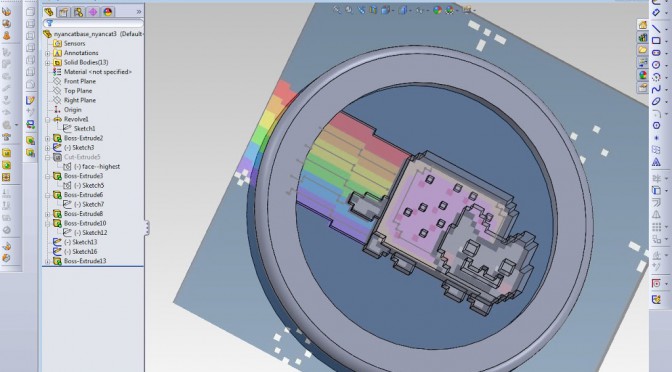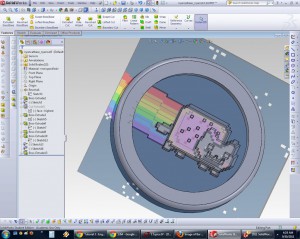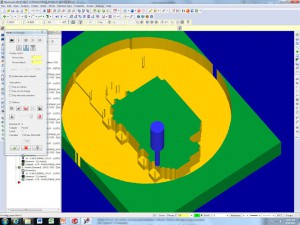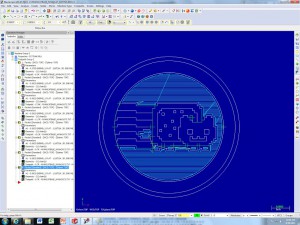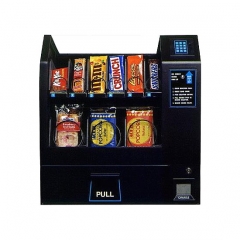 |
| Like this, but with arduinos. and caffeine. and breadboards. and 1/64” drill bits. and nyancat-etched poptarts. Oh, and open source. And constructable for less than $600. |
(I get to the whole build-my-own vending machine thing further down the page. Got a bit ADD).
Well, in other news, my 2.008 group did not fall over themselves to build a PoV yoyo. This is okay. I will just make one or two PoV (persistence of vision) yoyo’s manually then. (you, dear reader, have just been saved from a pages-long rant as I sulked over the last few days :P)
In other news, in MAS.863, it’s waterjet and shopbot week! I’m super-excited.
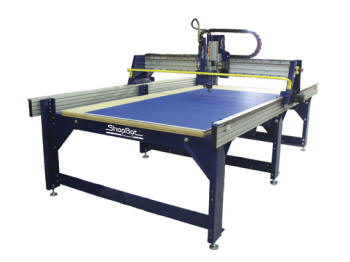 |
| <3 3-axis mill. Shopbot r awesome~ |
(look, someone made a giant scrabble set using the media lab shopbot:
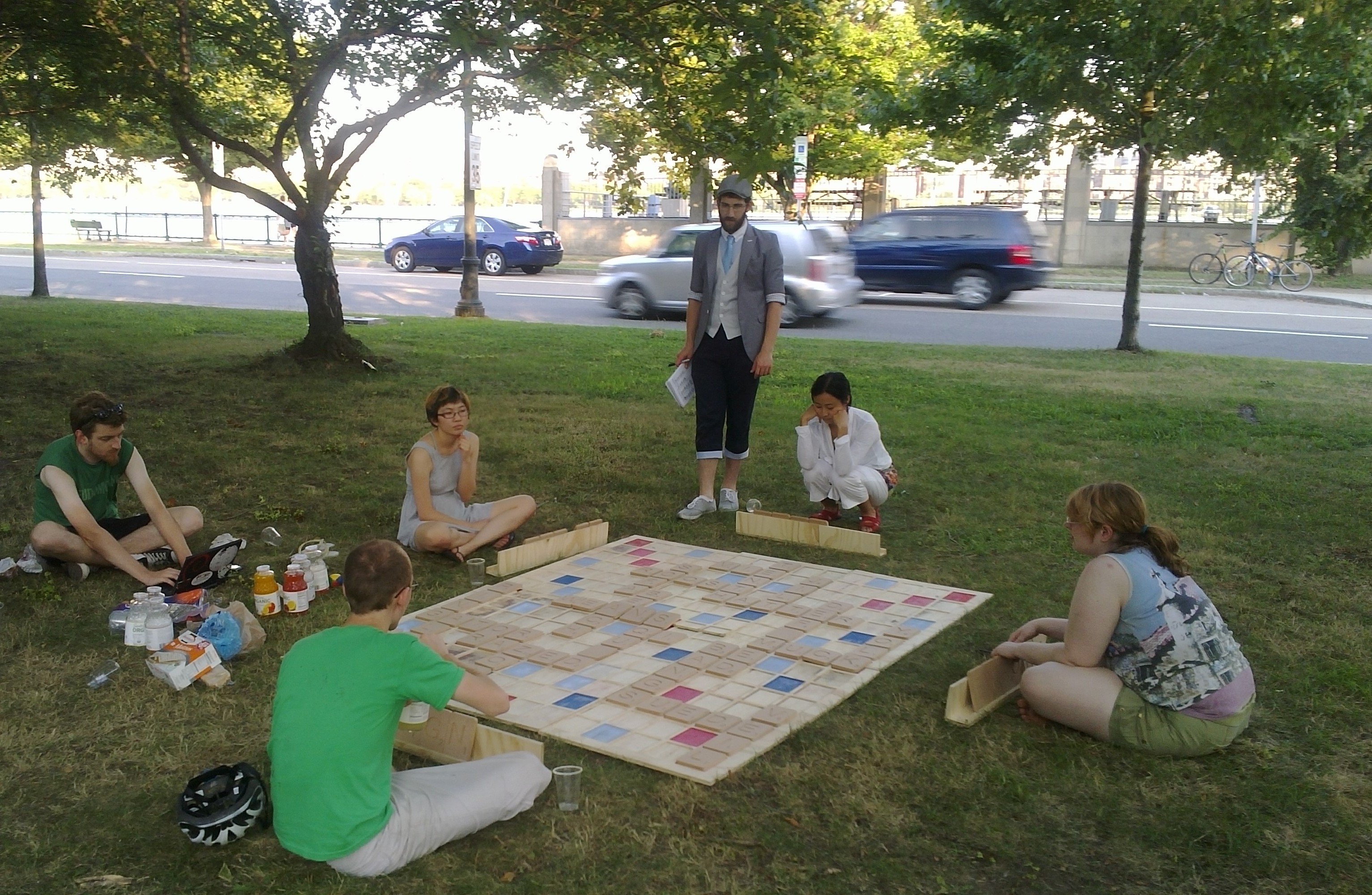 |
| http://mako.cc/copyrighteous/20110725-00 |
)
Mini projects this week:
[1] Shelving. make this (playatech’s plans — rec’d by fellow classmate novysan, who had fun with these at burning man. also rec’d “nomadic architecture” which sadly did not mean nomadic furniture like Walking Hexapod Racing Chair but rather furniture suited for nomadic humans)
 |
| http://www.playatech.com/index.php?deptName=03Bare%20Necessities&prodDesc=09Gear%20Gizmo |
(aka shelving made from one sheet of $8 7/16” OSB plywood,
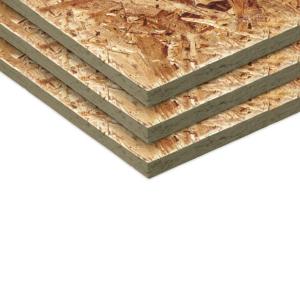 |
| http://www.homedepot.com/h_d1/N-5yc1v/R-100091344/h_d2/ProductDisplay?langId=-1&storeId=10051&catalogId=10053) |
Artsy furniture (metal): http://dornob.com/open-source-free-flat-pack-plans-for-laser-cut-furniture/
Styrofoam furniture: http://dornob.com/laser-cut-styrofoam-seats-solid-3d-polystyrene-chair-design/
[2] I have lots of marble leftover from our clock class, which some people took proper advantage of while I merely used lasercutter and acrylic:
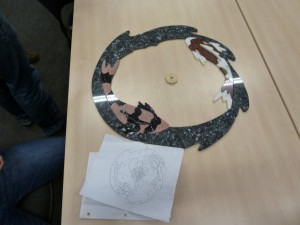 |
| classmate’s AWESOME marble koi fish clock |
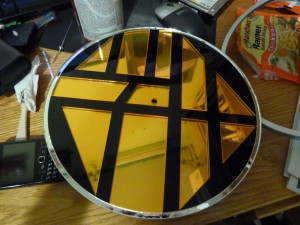 |
| mmm, instant noodles. aww. I miss my old room. |
Oh right, where was I?
Arduino vending machines. That’s right. Make a DIY “open-source hardware” vending machine. Not interested in the electronics of accepting money and such (although that’s what everybody leaps to help with that, despite me explicitly stating I’m more interested in the vending mechanism).
Research:
http://en.wikipedia.org/wiki/Vending_machine#Mechanism
www.discapa.com/eng/download/manualt/MTMacSpiralE — coin mechanism and spiral set? not sure what it vended
http://www.vending.com/vending_machines/combination_vending_machines/combo/manual/
So they’re called “augers.”
 |
| from: http://www.vending.com/vending_machines/combination_vending_machines/combo/manual/ |
Found! mcmaster-carr “Dry goods screw conveyors”
 |
| http://www.mcmaster.com/#auger-conveyors/=ecttus |
?!?!?! $677 is the cheapest one?! holy shiznatz that is out of the question.
Smexy pdf images: http://www.screwconveyors.com/profile2006x.pdf
mmm online worksheet AND considerations pdf: http://www.kwsmfg.com/products/Screw-Conveyors.htm, http://www.kwsmfg.com/pdf/KWS-0709PBE.pdf . So I want “shaftless screw conveyor”
Ewww, this just ‘cos it has a pic of a screw conveyor used in a slaughterhouse: http://drycake.com/equipment/screening/downloads/Screening_Catalogue.pdf
Making Things Talk mentions it briefly… I wonder where I get a “big screw” (via libproxy.mit.edu): http://proquest.safaribooksonline.com/book/hobbies/9780596510510/chapter-9dot-identification/301?reader=pf&readerfullscreen=&readerleftmenu=1
Interesting tidbits about vending machine locks: http://books.google.com/books?id=6tRcZtGADBcC&lpg=PA142&ots=KBqWOPS2Jk&dq=vending%20machine%20screw%20mechanism&pg=PA143#v=onepage&q=vending%20machine%20screw%20mechanism&f=false


